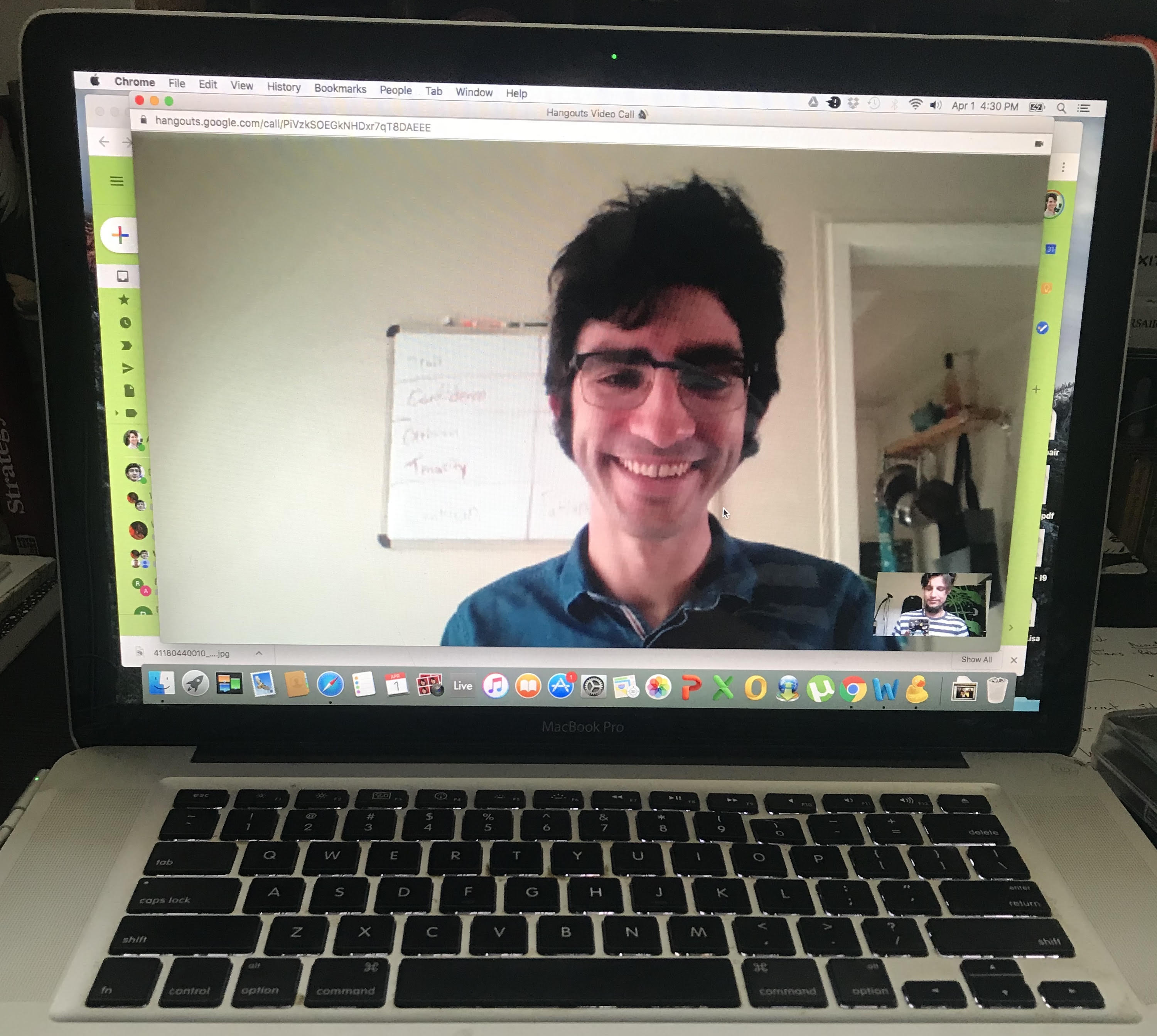How to Plan an Effective Virtual Town Hall
While the town hall is a classic way for people to get together to discuss ideas and trade stories, social distancing thanks to the Coronavirus has essentially sidelined the traditional town hall for an indefinite period. Fortunately, technology gives us an alternative: the virtual town hall!
Any business owner, advocate, professional, executive, artist, or really anyone else, can effectively congregate with other people to share ideas, exchange information, and discuss important matters in spite of our distance, as long as they follow the guidelines of putting on an effective town hall.
Here’s how.
Let's Talk Tech

*Free or Cheapest Version
NOTE: Companies may provide some custom-designed features, but these packages reflect the current standard offering.
Before we get into the town hall itself, and what you should do or shouldn’t do to plan it, let’s talk a little about the technology people are using to hold them. A lot of people are going with Zoom right now because it is intuitive, allows for screen sharing, has strict mute/display settings controlled by the administrator, and a fairly robust free package that hosts up to 100 people. 100 people is plenty for many small groups, departments, businesses, and organizations. Even if you need more capacity, Zoom is still an affordable option with a chat function and polling and Q&A options. They even have a nifty tutorial section for new users picking up Zoom because of COVID-19.
Functionally, the downside of Zoom is that it does not have some of the more advanced polling, breakout, and side room features of some tools such as Igloo, Zoho Connect, or Public Input. If you are looking for a long-term solution and cannot afford to “fail forward” by experimenting, one of these other tools may be better for you. Zoom is also ripe for something called “Zoom Bombing”, which allows trolls to infiltrate your discussion. You can avoid Zoom Bombing by adjusting feature settings prior to your call.
Structurally, Zoom also has some privacy-based security concerns that you need to know about if you are dealing with more sensitive, in-house company issues at your town hall. (To learn more about its gaps and whether or not they affect your goals, check out this piece from The Verge).
For small meetings, Zoom, Skype, and Google Hangouts all have the functionality you need. If you’re just lonely and need to talk, you can always pick up the phone. (Also, if you’re lonely, RedShift Writers sends virtual hugs).
Whatever town hall software you run with, make sure you have a good handle on it before holding your actual town hall. You should always test equipment before using it, no matter what it is.
Figure Out Which Features to Use
You’re holding a town hall to accomplish something. Remember to stay true to that goal. Write down your goal and the details of the meeting just as you would before a live, in-person town hall. Figure out what would appeal to people in the room.
Set group roles before the meeting to determine:
- Who is facilitating or hosting;
- Who is presenting and in what order;
- The tik-tok (a schedule outlining the order of events for your meeting, when each section; should start and how long each section should take);
- Who is addressing questions in the chat log;
- How to handle disruptive guests if you have them; and
- Anything else that comes to mind.
Before the meeting, make sure everyone signs in. Google Forms are very useful for capturing information; Zapier has an excellent guide on using Google Forms.
Keep your meeting on schedule as you would any other meeting. Remember to give people a chance to ask questions as needed. The cool thing about most conference tools is that they allow for a chat log so you can tackle questions one at a time in a manageable way.
End with Something Fun
I’ve been on some massive conference calls and teleconferences. One way to make everyone feel connected together is to take everyone off mute and say bye all at once and wave if you have video capabilities turned on. It’s really fun, and leaves people with a good, connected feeling, no matter how many miles apart they live.
You may also want to show everyone something fun in your screenshare, or challenge people to drop funny memes and videos in the chat box as a way to connect and catch up. Try to close out with something that really brings everyone together and strengthens the bond of the group.
While technology may not be able to accomplish everything, it has closed the gap for many of our communities and made the challenges of our world logistically easier to solve by giving us an interface by which anyone with a computer can see other people.
Set up a virtual town hall to bring people who are socially distant a little closer together.
Want to plan your town hall? Contact RedShift Writers about programming a town hall that accomplishes your company goals.

